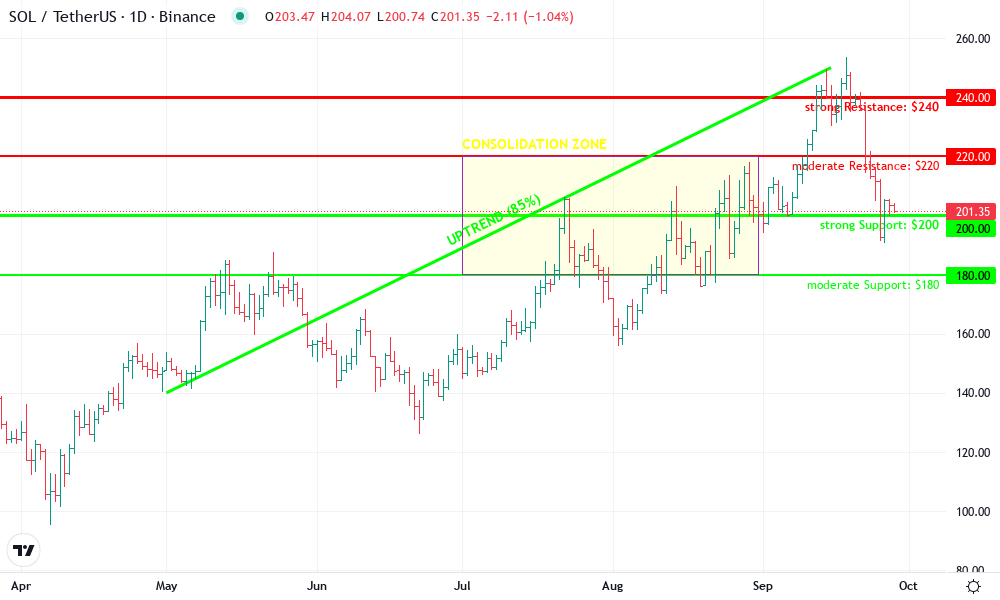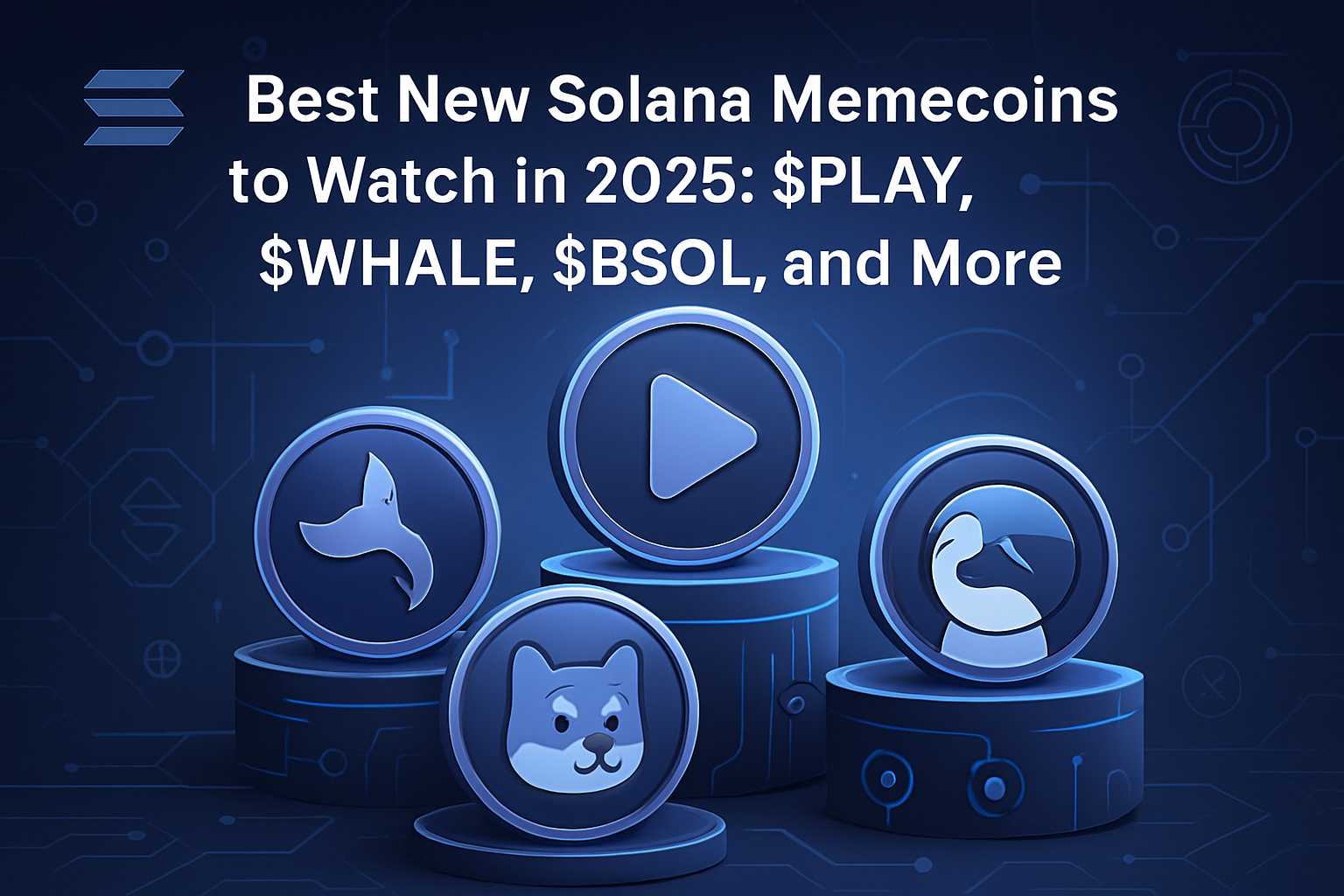Aster’s Data-Driven Surge: Visualizing Activity and Market Share
Aster’s meteoric rise is visible not just in headline volumes but also in its market share among perpetual DEXs. Recent data shows Aster now commands nearly 20% of monthly market share , regularly outpacing established rivals like Hyperliquid by daily volume (source ). On September 24 alone, DeFiLlama and CoinGlass tracked $25.77 billion traded on Aster versus Hyperliquid’s $10.09 billion.
This surge is directly tied to the platform’s innovative points system, which rewards granular on-chain activity, ranging from trading volume to staking participation, with weekly Rh points that determine airdrop allocation size (details here ). The effect? Intense competition among traders to optimize every eligible action before snapshot deadlines.
Strategy #1: Maximize Trading Volume on Aster Perpetual Contracts The most direct path to substantial airdrop rewards is to actively trade on Aster’s perpetual contract platform . User activity and cumulative trading volume are the primary metrics tracked for allocation during Stage 2 Genesis. With deep liquidity, over $258 billion processed since launch, and MEV-resistant features that help traders sidestep front-running risks (Bitget Guide ), high-volume participation on key pairs is strongly incentivized.
Top Strategies to Boost Your Aster Airdrop Rewards
Maximize Trading Volume on Aster Perpetual Contracts: Actively trade on Aster’s perpetual contract platform to increase your eligibility for the airdrop, as user activity and trading volume are key metrics tracked for allocation. Focus on high-liquidity pairs and leverage MEV-resistant features to avoid front-running risks. As of late September 2025, Aster’s daily trading volume reached $21 billion , reflecting intense competition and opportunity for active participants.
Engage in On-Chain Activities and Staking: Participate in staking, liquidity provision, and on-chain governance within the Aster ecosystem. These activities not only boost your wallet’s interaction score but also align with criteria often rewarded in Solana-based airdrops, as seen in recent campaigns. Staking native assets like asBNB or USDF can double your airdrop points and provide passive yields.
Monitor Official Announcements and Snapshot Dates: Closely follow Aster’s official channels and community updates to stay informed about snapshot timings, eligibility rules , and potential Binance listing news. Timely engagement before snapshot deadlines ensures maximum reward capture and avoids missing out due to last-minute changes.
Traders are increasingly leveraging delta-neutral hedging strategies, opening offsetting positions across multiple exchanges, to rack up points without excessive market exposure or risk. Notably, executing market orders (as opposed to limit orders) earns double points under current rules, further fueling order book activity.
Strategy #2: Engage in On-Chain Activities and Staking While raw trading volume dominates headlines, on-chain engagement beyond basic trades can be equally lucrative for airdrop maximization . By participating in staking pools, providing liquidity to asBNB or USDF markets, or voting in governance proposals within the Aster ecosystem, users boost their wallet interaction scores, a metric often rewarded in Solana-based airdrops.
The current campaign explicitly doubles effective points when native assets like asBNB or USDF are used as collateral for margin trades (more info here ). This creates layered incentives for both passive stakers seeking yield and active traders optimizing their capital efficiency across platforms.
Aster (ASTER) Price Prediction 2026-2031
Professional forecast post-airdrop, based on current trading volumes, platform growth, and DeFi trends.
Market Scenario Insights
2026
$1.10
$1.60
$2.50
+14%
Volatility remains high post-airdrop; user base consolidates; initial sell pressure fades, but upside capped by competition.
2027
$1.30
$2.10
$3.25
+31%
Aster solidifies its position in the perpetual DEX market; increased DeFi adoption and integration with other protocols drive growth.
2028
$1.85
$2.80
$4.10
+33%
Bullish cycle driven by broader DeFi uptrend and possible L2 or cross-chain expansion; regulatory clarity boosts institutional participation.
2029
$2.10
$3.30
$4.90
+18%
Market matures; Aster faces rising competition but benefits from continued innovation and ecosystem incentives.
2030
$2.50
$3.85
$5.80
+17%
New trading products and partnerships attract more users; DEX sector growth outpaces traditional CEX volumes.
2031
$2.80
$4.40
$6.60
+14%
Aster achieves mainstream recognition; DeFi market share stabilizes; potential for new airdrop or reward programs sustains interest.
Price Prediction Summary
Aster (ASTER) is positioned for robust growth post-airdrop, with strong trading volumes, innovative incentive structures, and solid user acquisition. While volatility and competition remain, the platform’s rapid adoption and DeFi market expansion support a progressive price trajectory through 2031. The minimum prices reflect potential bearish scenarios (sell-offs, regulatory headwinds), while maximum prices account for bullish adoption and market leadership.
Key Factors Affecting Aster Price
Sustained high trading volume and user growth post-airdrop
Continuous innovation in airdrop and incentive models
Increasing DeFi adoption and integration with major protocols
Potential for further regulatory clarity and institutional entry
Competition from other perpetual DEXs and CEX platforms
Platform security, MEV resistance, and user experience improvements
Macro crypto market cycles and liquidity conditions
Disclaimer: Cryptocurrency price predictions are speculative and based on current market analysis.
A Glimpse Ahead: Anticipating Snapshot Dates and Official News Flow The final critical strategy involves vigilant monitoring of official announcements and snapshot dates . Eligibility rules can shift with little notice; missing even one key update can mean forfeiting significant rewards or failing to qualify if new criteria are introduced before October 5,2025, the end date for Stage 2 Genesis (official details here ). Additionally, rumors of an imminent Binance listing have further heightened attention around community channels where such news would break first.
Staying agile is paramount. Traders who sync their activity with official snapshot timing can maximize their airdrop eligibility, while late entrants risk missing out on optimal allocation. The importance of this approach is underscored by the dynamic nature of Solana ecosystem airdrops, where last-minute rule adjustments and stealth snapshots have become increasingly common. For Aster’s Genesis campaign, careful observation of Discord, Twitter, and the official Medium blog is non-negotiable for serious participants.
Below is a focused checklist summarizing the three actionable strategies that have proven most effective for maximizing Aster Solana airdrop rewards in 2025:
Top 3 Aster Airdrop Strategies for Solana Users
Maximize Trading Volume on Aster Perpetual Contracts: Actively trade on Aster’s perpetual contract platform to boost your airdrop eligibility. Focus on high-liquidity pairs and leverage Aster’s MEV-resistant features to minimize front-running risks. High trading volume is a primary metric for airdrop allocation, as evidenced by Aster’s recent $21 billion daily trading volume and over 710,000 new users.
Engage in On-Chain Activities and Staking: Participate in staking, liquidity provision, and on-chain governance within the Aster ecosystem. These activities increase your wallet’s interaction score and are frequently rewarded in Solana-based airdrops. Staking native assets like asBNB or USDF can also double your effective points, enhancing your potential rewards.
Monitor Official Announcements and Snapshot Dates: Stay updated via Aster’s official channels and community updates to catch snapshot timings, eligibility rules, and potential Binance listing news. Timely engagement before snapshot deadlines is crucial for maximizing your airdrop rewards, especially as the campaign runs until October 5, 2025.
Each strategy leverages current network incentives and aligns with the real-time data driving Aster’s explosive growth. High-frequency traders benefit from increased volume and MEV protection, while DeFi-native users gain from staking and governance engagement. Meanwhile, all participants must remain alert to official updates, especially as speculation about an Aster Binance listing intensifies on crypto forums.
With SOL priced at $201.52 , market volatility remains subdued compared to the surge in user participation within Aster’s ecosystem. This divergence highlights how platform-specific incentives can drive capital flows independent of broader Solana price action, a pattern that seasoned cross-market strategists should note when managing risk or seeking alpha across correlated assets.
Solana Airdrop Strategies 2025: Final Considerations for Optimized Participation As the October 5 deadline approaches, opportunity cost escalates with each passing day. The interplay between trading activity, on-chain engagement, and information vigilance defines who will capture the lion’s share of the $700 million pool, and who will merely observe from the sidelines. For those intent on maximizing their allocation in this landmark Aster Solana airdrop , disciplined execution of these three core strategies offers the best risk-adjusted pathway to outperformance.
Whether you’re an active trader scaling up perpetual contract exposure or a DeFi enthusiast staking native assets for yield and points multipliers, now is the time to double down on participation while keeping one eye firmly fixed on official channels for last-minute changes. The next era of Solana ecosystem airdrops will reward not just volume or capital but also precision timing and adaptability, qualities that define winners in today’s data-driven DeFi landscape.
Post Navigation







